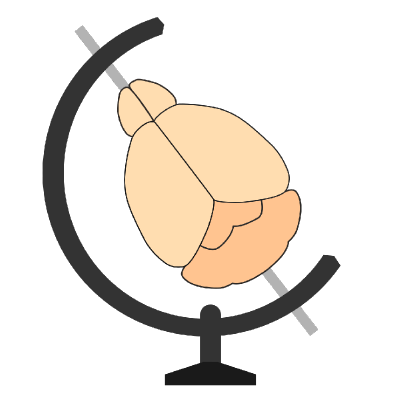Cell detection#
Loading data#
Once napari, and the cellfinder plugin is installed, open napari, and load the plugin (Plugins -> cellfinder -> Cell detection).
Hint
A widget should then be docked into the side of your napari window.
If this doesn’t happen, check for any errors (Plugins -> Plugin Errors, then select the cellfinder plugin from the drop-down menu).
This error can be used to report problems on the GitHub page, or the help forum, see sidebar for links.
Then load your data (e.g. using the File-> menu, or by dragging and dropping data).
There must be two registered channels; a signal channel (containing fluorescently labelled cells), and a background channel (containing only autofluorescence).
Hint
There are many napari plugins for loading data. By default, single 3D tiffs, and directories of tiffs can be loaded.
Setting parameters#
There are many parameters that can be set (see All cell detection parameters), but the following options must be set before running the plugin.
Mandatory parameters#
Signal image - set this to the image layer containing the labelled cells
Background image - set this to the image layer without cells
Voxel size (z) - in microns, the plane-spacing (from one 2D section to the next)
Voxel size (y) - in microns, the voxel size in the vertical (top to bottom) dimension
Voxel size (x) - in microns, the voxel size in the horizontal (left to right) dimension
Running cellfinder#
Click the Run button. The plugin will then run (this may take a while if you’re analysing a large dataset), and will produce two additional image layers:
Detected - these are the cell candidates classified as cells
Rejected (hidden by default) - these are the cell candidates classified as artefacts.
Hint
It is likely that the classification will not perform well on new data, to improve this, see Training data generation.
Saving data#
The cell coordinates can be saved using any napari plugin (e.g., to csv). To save the cell coordinates in the cellfinder XML format:
Select the Points layers (e.g. Detected and Rejected)
Click
File->Save Selected Layer(s)Save with
.xmlextension (e.g.cells.xml)
